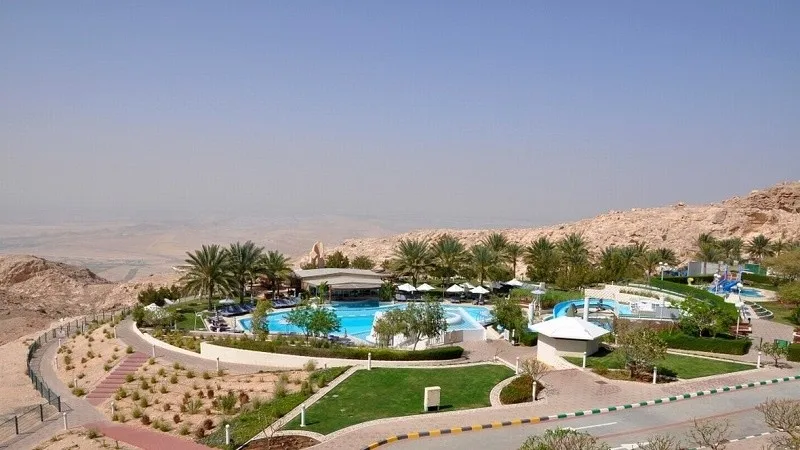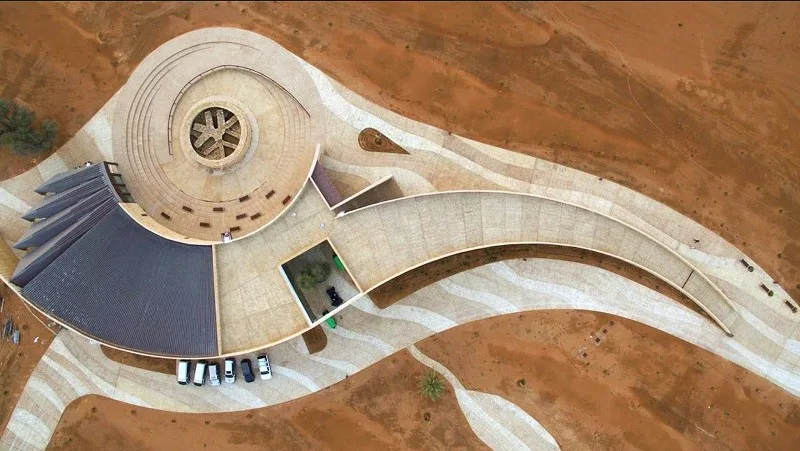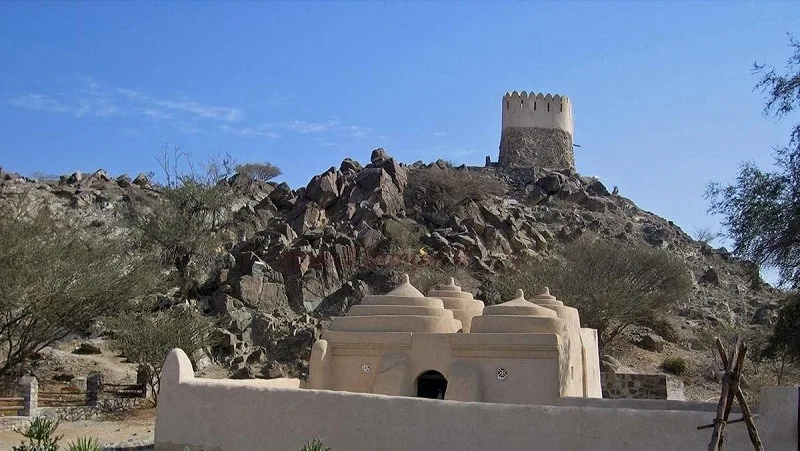Contrary to popular belief, Dubai (and the rest of the emirates) did not just appear on the world map in the 1990s. Because of the oil wealth, the state became known for its development strategy as it capitalized its wealth. Economic growth and new technologies are combined with tradition here.
Dubai has an “old city” – part of the ancient market. Here you can find out what the Emirates looked like before the beginning of its development. But it is worth walking 200-300 meters, and an independent traveler will find himself in a modern metropolis.
There are still places in the country where the former way of life has been preserved – this is a desert. It has become another tourist Mecca in the UAE – attractions and entertainment in which are not inferior to beach holidays. To get acquainted with the features, you can book a one-day trip.
Content
Al Ain Oasis, Abu Dhabi
The road to Al Ain is a thousand-year-old trade route covered with asphalt. There are several important sites within the oasis, including the Healy archaeological site, the easiest way. Presented as a family park, the Healy site contains several impressive Bronze Age tombs lined with walkways for hikers. Unfortunately, the rest were swept away by grass and a fountain, covering up and destroying other potential nearby excavations.
More interesting for novice researchers are the tombs of the Meziad estate. It is located half an hour away, at the foot of the Jebel Hafeet mountain. Created over 5,000 years ago, the tombs are only accessible by SUVs. They are untouched and open to anyone who wants to drive to them. “For the old inhabitants here, the sun brought light and life with it,” said Dr. Hassan Al Nabouda, UAE University History Professor, The National. “So, when they died, they wanted to continue basking in the embrace and return to life after they died, making a special opening for the sun god to visit their graves.”
Mleiha, Sharjah
Located in the nearby emirate of Sharjah – Mleiha village and Mleiha archaeological center. Tourist destinations are centered around the 3,000-year-old tomb of Umm al-Nara, and excavations in the area have found cave relics of an ancient civilization that are over 125,000 years old. Taking a page from Jordan’s thriving ecotourism industry, oil-free Sharjah is siphoning money into ecotourism and historical finds.
The emirate is focusing on attracting visitors to desert parks such as Fossil Rock. There is a large plateau of rocks filled with marine fossils and surrounded by dunes. The Fossil Rock Hotel, a boutique, eco-luxe lodge, will open soon.
Ed-Dur, Umm Al-Qawain
On the southeast coast of the UAE, in the emirate of Umm Al Quwain, is the UNESCO site of Ed Dour. This house is a Bronze Age temple used by sun worshipers, as well as remnants from the Obeid, Bronze Age, Stone Age, Iron Age and pre-Islamic periods.
Here tourists can relax, have a picnic, but far from the excavations. This is a quiet place in the UAE, attractions and entertainment are designed for a relaxing holiday. An exception is riding an jeep on the dunes and dunes of the desert.
Al Badia Mosque, Fujairah
The oldest mosque in the Emirates is located in the far eastern part of the UAE, in the emirate of Fujairah. Built in 1446, the mud and stone mosque has four layered domes and is still in use. The surrounding area has fascinating ruins, old watchtowers and shopping stalls.
Archaeological site of Jumeirah, Dubai
Jumeirah is an affluent area in Dubai full of five star hotels and Ferraris. It is also the site of the ruins of the Abbasid dynasty. An important stop on the trade routes from Oman and Iraq, Jumeirah rose to prominence in the 7th century. Today the ruins are simply destroyed. But it adds a historical perspective to the glittering city and an insight into the Emirate’s past.



